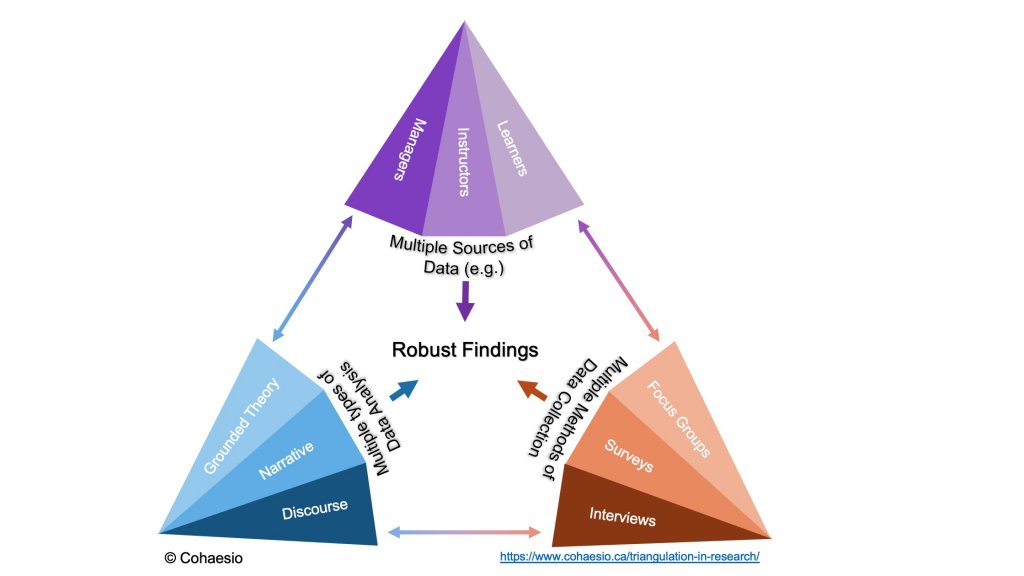Well Intervention Service Market Size & CAGR
The Well Intervention Service market is projected to reach a value of USD 10.5 billion in 2023 with a Compound Annual Growth Rate (CAGR) of 6.2% from 2023 to 2030. The forecast growth rate during this period indicates steady expansion in the market, driven by increased demand for well intervention services across various industries.
COVID-19 Impact on the Well Intervention Service Market
The COVID-19 pandemic has significantly impacted the Well Intervention Service market, causing disruptions in operations, supply chains, and demand for services. The global crisis led to a decrease in oil prices, resulting in reduced capital expenditure by oil and gas companies. This, in turn, affected the demand for well intervention services, leading to a temporary slowdown in the market. However, as economies recover and oil prices stabilize, the Well Intervention Service market is expected to regain momentum and witness growth in the post-pandemic era.
Well Intervention Service Market Dynamics
The dynamics of the Well Intervention Service market are influenced by various factors, including technological advancements, regulatory changes, market trends, and competitive landscape. Key drivers such as increasing demand for energy resources, focus on maximizing oil and gas production, and advancements in well intervention technologies propel market growth. However, challenges related to environmental concerns, safety regulations, and economic uncertainties pose constraints to market expansion. Opportunities arising from digitalization, automation, and innovation in well intervention services create avenues for market players to capitalize on emerging trends and meet evolving customer needs.
Segments and Related Analysis of the Well Intervention Service market
The Well Intervention Service market is segmented based on service type, technology, application, and end-user industry. Each segment plays a crucial role in shaping the market landscape, with unique characteristics and requirements. Service providers offer a range of well intervention solutions tailored to specific customer needs, emphasizing efficiency, cost-effectiveness, and safety. By analyzing each segment's performance and trends, market players can gain valuable insights into market dynamics, competitive strategies, and growth opportunities.
Well Intervention Service market analysis report by Region
Asia Pacific Well Intervention Service market report
The Asia Pacific Well Intervention Service market is characterized by rapid industrialization, increasing energy demand, and investment in oil and gas exploration. Countries like China, India, and Australia are key markets for well intervention services, driven by growing infrastructure projects, urbanization, and natural resource development. Market players in the region focus on expanding their service offerings, enhancing operational efficiency, and complying with regulatory requirements to sustain competitiveness in the dynamic market landscape.
South America Well Intervention Service market report
The South America Well Intervention Service market is influenced by factors such as fluctuating oil prices, political instability, and environmental concerns. Countries like Brazil, Colombia, and Argentina offer growth opportunities for well intervention service providers due to significant hydrocarbon reserves and exploration activities. Market players in the region emphasize technological innovation, cost optimization, and strategic partnerships to navigate market challenges and drive sustainable growth in the competitive market environment.
North America Well Intervention Service market report
The North America Well Intervention Service market is characterized by a mature oil and gas industry, advanced technology adoption, and stringent regulatory frameworks. The United States and Canada are key markets for well intervention services, driven by shale gas revolution, offshore drilling projects, and environmental stewardship. Market players in the region focus on research and development, safety initiatives, and diversification of service portfolios to meet evolving customer demands and maintain market leadership in a competitive landscape.
Europe Well Intervention Service market report
The Europe Well Intervention Service market is influenced by factors such as energy transition, decarbonization initiatives, and digital transformation. Countries like the United Kingdom, Norway, and Germany are prominent markets for well intervention services, driven by offshore wind projects, decommissioning activities, and sustainability goals. Market players in the region prioritize environmental stewardship, innovation, and collaboration to address market challenges, seize growth opportunities, and ensure long-term viability in the evolving energy landscape.
Middle East and Africa Well Intervention Service market report
The Middle East and Africa Well Intervention Service market is characterized by abundant oil and gas reserves, economic diversification efforts, and infrastructure development projects. Countries like Saudi Arabia, UAE, and Nigeria are key markets for well intervention services, supported by government investments, energy sector reforms, and industrial expansion. Market players in the region focus on operational excellence, localization strategies, and sustainability practices to navigate market complexities, deliver value to customers, and drive growth in a competitive market environment.
Well Intervention Service market analysis report by Technology
The Well Intervention Service market encompasses a range of technologies such as electric line, slick line, coiled tubing, hydraulic workover, and others. Each technology offers unique capabilities, advantages, and applications in well intervention operations. Market players leverage technology innovation, automation, and data analytics to enhance service efficiency, reduce downtime, and optimize well performance. By analyzing technology trends, market players can identify strategic opportunities, address customer needs, and stay competitive in the rapidly evolving market landscape.
Well Intervention Service market analysis report by product
The Well Intervention Service market offers a diverse range of products such as downhole tools, packers, plugs, pumps, valves, and others. Each product category plays a critical role in well intervention operations, contributing to well integrity, reservoir management, and production enhancement. Market players focus on product development, quality assurance, and customer service to meet industry standards, regulatory requirements, and customer expectations. By evaluating product trends and performance, market players can deliver innovative solutions, address market demands, and drive market growth and sustainability.
Well Intervention Service market analysis report by Application
The Well Intervention Service market serves various applications such as onshore, offshore, subsea, unconventional, and others. Each application segment has specific operational requirements, technical challenges, and market opportunities. Market players tailor their service offerings, equipment deployment, and operational strategies to meet application-specific needs, optimize resource utilization, and deliver value to customers. By analyzing application trends and demand dynamics, market players can align their business strategies, enhance service capabilities, and capitalize on emerging opportunities in the diverse and dynamic market landscape.
Well Intervention Service market analysis report by End-User
The Well Intervention Service market caters to end-users such as oil & gas companies, energy operators, service providers, and others. Each end-user category has distinct operational requirements, technical specifications, and market expectations. Market players collaborate with end-users, understand their needs, and customize service solutions to maximize operational efficiency, reduce costs, and improve performance. By engaging with diverse end-user segments, market players can foster partnerships, drive innovation, and create value-added service offerings that align with market demands and customer preferences.
Key Growth Drivers and Key Market Players of Well Intervention Service market and competitive landscape
Key growth drivers of the Well Intervention Service market include increasing energy demand, technological advancements, regulatory compliance, and market consolidation. Key market players operating in the Well Intervention Service market include:
- Schlumberger Limited
- Halliburton Company
- Baker Hughes
- Weatherford International
- Superior Energy Services
- National Oilwell Varco
- Archer Limited
- Expro Group
- TechnipFMC
- DeepWell AS
These market players have a strong presence, diversified service portfolios, and global reach, enabling them to lead the market, innovate solutions, and address customer needs effectively. The competitive landscape of the Well Intervention Service market is characterized by strategic partnerships, mergers & acquisitions, technological innovation, and market expansion initiatives aimed at sustaining market growth, driving profitability, and ensuring long-term success in a competitive and dynamic market environment.
Well Intervention Service market trends and future forecast
The Well Intervention Service market is witnessing several trends such as digitalization, automation, remote monitoring, predictive maintenance, and data analytics. These trends are reshaping service delivery, optimizing operational efficiency, and enhancing well performance. Market players are investing in technology adoption, talent development, and customer engagement to capitalize on emerging trends, address market challenges, and drive sustainable growth. The future forecast of the Well Intervention Service market indicates continued expansion, innovation, and market competitiveness, driven by evolving customer demands, regulatory requirements, and technological advancements. By staying abreast of market trends, market players can adapt their strategies, differentiate their offerings, and secure a competitive advantage in the dynamic and evolving market landscape.
Recent happenings in the Well Intervention Service Market
Recent developments in the Well Intervention Service market include:
- Schlumberger introduced the Lift IQ service, an artificial lift solution that enables proactive monitoring, analysis, optimization, and control of artificial lift systems to enhance production efficiency and well performance.
- Weatherford International launched the ForeSite production optimization platform, a digital solution that integrates data analytics, artificial intelligence, and machine learning to optimize production workflows, reduce costs, and improve asset performance.
- Baker Hughes collaborated with C3.AI to develop an AI-powered predictive maintenance solution for rotating equipment in oil and gas applications, enabling proactive maintenance, equipment optimization, and risk mitigation.
- Archer Limited acquired DeepWell AS, a provider of well intervention and decommissioning services, expanding its service portfolio, geographic footprint, and customer base in the European market.
These recent happenings underscore the industry's focus on innovation, collaboration, and value creation, driving technological advancements, operational excellence, and market competitiveness in the Well Intervention Service market.



